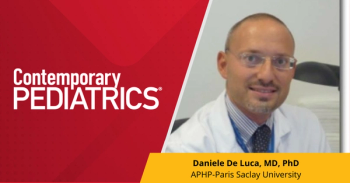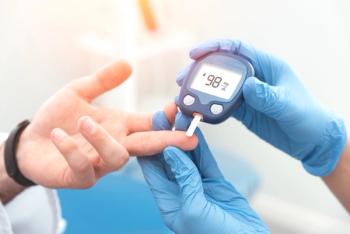
Is feeding during therapeutic hypothermia safe?
When using therapeutic hypothermia for treatment, is feeding safe or does it lead to poor outcomes? A study offers answers.
For newborns who show signs of hypoxic ischemic encephalopathy, the use of therapeutic hypothermia is standard of care. However, the optimal feeding program to use during treatment isn’t certain and often varies. A
Investigators did a population-level retrospective cohort study that used the UK National Neonatal Research Database, which includes any baby admitted to a National Health Service neonatal unit in England, Scotland, and Wales between Jan 2010, and Dec 2017 and received therapeutic hypothermia for 72 hours or died during the period. The primary outcome in the study was severe necrotizing enterocolitis, which was either confirmed in surgery or following death. Secondary outcomes included length of stay in the neonatal unit, survival to discharge, late-onset infection, and pragmatically defined necrotizing enterocolitis.
A total of 6030 babies were given therapeutic hypothermia treatment and 1873 of the babies were fed at some point during treatment. Seven of the babies had a diagnosis of severe necrotizing enterocolitis. The investigators selected 3236 babies for a matched feeding analysis with 1618 pairs and the sample included a good balance of all background variables. Pragmatically defined necrotizing enterocolitis was found to be rare in both of the groups (incidence 0.5%, 95% CI 0.2–0.9) in the fed group vs 1.1% [0.7–1.4] in the unfed group). When compared to the unfed group, the group that was fed enterally had higher proportion of breastfeeding at discharge (8.0% [5·1–10·8]; p<0·0001), shorter neonatal unit stays (difference −2.2 [–3.0 to −1.2] days; p<0.0001), higher survival to discharge (5.2% [3.9–6.6]; p<0.0001), and fewer pragmatically defined late-onset infections (−11.6% [95% CI −14.0 to −9.3]; p<0.0001).
The investigators concluded that necrotizing enterocolitis is rare in babies who received therapeutic hypothermia. The use of enteral feeding during the treatment was found to be safe and even linked to beneficial outcomes after the treatment.
Reference
1. Gale C, Longford N, Jeyakumaran D, et al. Feeding during neonatal therapeutic hypothermia, assessed using routinely collected national neonatal research database data: a retrospective, UK population-based cohort study. Lancet Child Adolesc Health. April 20, 2021. Epub ahead of print. doi:10.1016/s2352-4642(21)00026-2
Newsletter
Access practical, evidence-based guidance to support better care for our youngest patients. Join our email list for the latest clinical updates.











